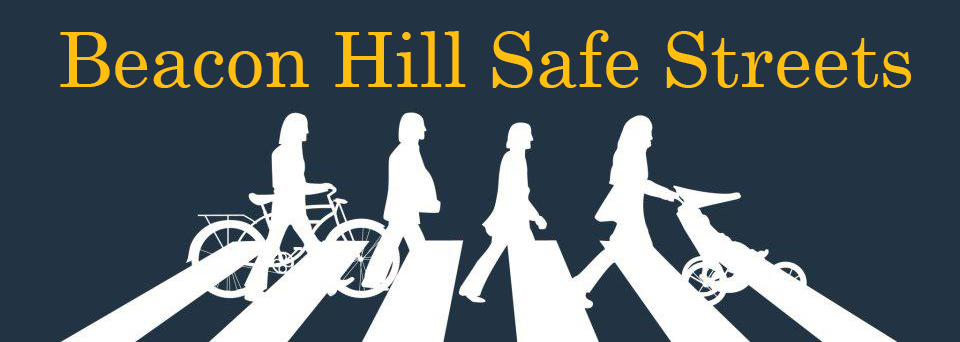Guidance on Beacon Hill Bike Route (Segments 2 & 3)
To the Seattle Department of Transportation Beacon Hill Bike Route team:
We at Beacon Hill Safe Streets are excited to be involved in the planning of a bike route that will allow our community to ride safely from the far north to the southern tip of the long hill we call home. We previously submitted comments on route selection for Segment 1 route selection in September 2020. We now write to share feedback to guide continued planning for Segments 2 and 3. Our partners in the ongoing University of Washington-funded PATHSS project have conducted interviews and synthesized preliminary feedback with 10 youth, 11 community leaders, and 10 community members, centering BIPOC community voices. This letter represents the views of our BHSS group and those of our broader community engaged through PATHSS. We look forward to continued discussions with your team as planning continues.
Overall we are supportive of improvements to the Beacon Avenue median walking path. Community members have shared how valuable the path is for children, elders, and everyone in between. Our neighborhood uses it for strolling, meeting up with friends, and getting from place to place. They also believe improvements are needed. We believe the proposed cut-though closures--and adding raised crosswalks and flashing beacons at remaining intersections--will greatly enhance the safety and enjoyability of this treasured neighborhood amenity. Improving uneven pavement and adding additional seating, weather shelters, signage, lighting, and amenities like water fountains will increase the trail’s accessibility and safety. Our community’s youth in particular have identified safety as a primary impediment to their mobility and are advocating for features like increased lighting to address concerns. Adding greenery will enhance the park-like feeling of the trail in a neighborhood with too little park space.
We’re concerned that widening the Beacon Avenue median walking path to accommodate more bicycles will lead to increased conflict between relatively fast bicycles and those walking, jogging, and rolling on the trail, especially on the sections that will have the most use and/or that have a steep grade. When we picture bicycles on this winding, park-like trail, we think of children learning to bike or adults out for a leisurely ride. In contrast, the stated goal of this project is to provide bicycle connections to destinations in Southeast Seattle and beyond, in other words, to facilitate the use of the bicycle as transportation in and through our neighborhood. Users of multi-use trails often speak of the jarring feeling when a bicycle passes by suddenly, even when the cyclist feels confident they’ve slowed to a respectful speed.
The design for this section should explore placing a bike lane on either side of the median in the existing street and have the cars move along closer the cars parked there, as has been done on Ravenna Boulevard. The roadway is already wide enough to allow this and also has the advantage of slowing vehicular traffic. This is a design that has already proven to be feasible in North Seattle, avoids conflicts with driveways, and would be less expensive than widening the median. We also would like SDOT to conduct a parking study of the project area. There are long stretches of Beacon Avenue in which the on-street parking is only lightly used. We question whether private property storage is really the best use of three miles of one of our primary arterials in Southeast Seattle.
Last but certainly not least, we encourage ongoing and thorough community engagement among our BIPOC neighbors throughout the design, implementation, evaluation, and information sharing processes. In particular, increased efforts to engage our neighbors whose primary language is not English are needed.
We very much want a safe bicycle transportation route through Beacon Hill that connects to the protected bicycle facilities already in place at S Myrtle Street, S Columbian Way, and the José Rizal Bridge, but we do not want it at the expense of the long, peaceful, winding path that our community already cherishes. With these concerns in mind, we want to ask SDOT to explore creative solutions to reduce conflicts between bicyclists and existing trail users and improve the overall accessibility and safety of the Beacon Avenue multi-use path. We applaud SDOT for an ambitious project and we appreciate the vision of the planning team.
Thank you very much for the work you have already completed on this project, and we look forward to further collaboration with SDOT moving forward.
In community,
Beacon Hill Safe Streets
